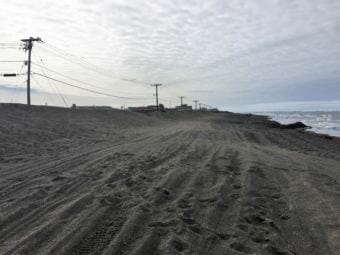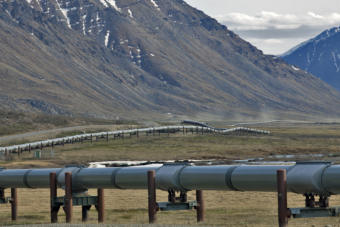
A federal judge has blocked the public release of exploration data from five oil wells drilled in the National Petroleum Reserve as part of ConocoPhillips Alaska’s Willow project.
Wednesday’s decision by U.S. District Judge Sharon Gleason preempts a state law intended to encourage oil and gas development on the North Slope by requiring companies to make data publicly available after two years.
Gleason determined that the state law was overridden by federal law because the five wells were drilled in the federal National Petroleum Reserve as a result of federal oil leases. She concluded that federal disclosure rules — which require the data be released after ConocoPhillips’ federal lease expires — should be followed instead.
ConocoPhillips filed its lawsuit against the Alaska Oil and Gas Conservation Commission last year after unsuccessfully asking the Alaska Department of Natural Resources for an extension of the privacy period.
A spokesperson for the Alaska Department of Law, which represented the state in the lawsuit, said attorneys there are evaluating Gleason’s decision, which could be appealed.
The Willow project, which was the subject of the lawsuit, remains under environmental review by the Department of the Interior. A final decision is expected within days.
At its peak, Willow is expected to produce as much as 180,000 barrels of crude oil per day. State estimates indicate it will generate between $5 billion and $9 billion in tax revenue during its lifetime, and local governments in the North Slope Borough will receive billions more in direct payments from the federal government, which will collect significant tax revenue as well.
Project opponents say Willow oil would contribute to global climate change, with one analysis concluding that if oil is burned, it would create 287 million metric tons of carbon dioxide, more than seven times the amount of carbon released by the state of Alaska in 2020.
This story originally appeared in the Alaska Beacon and is republished here with permission.


